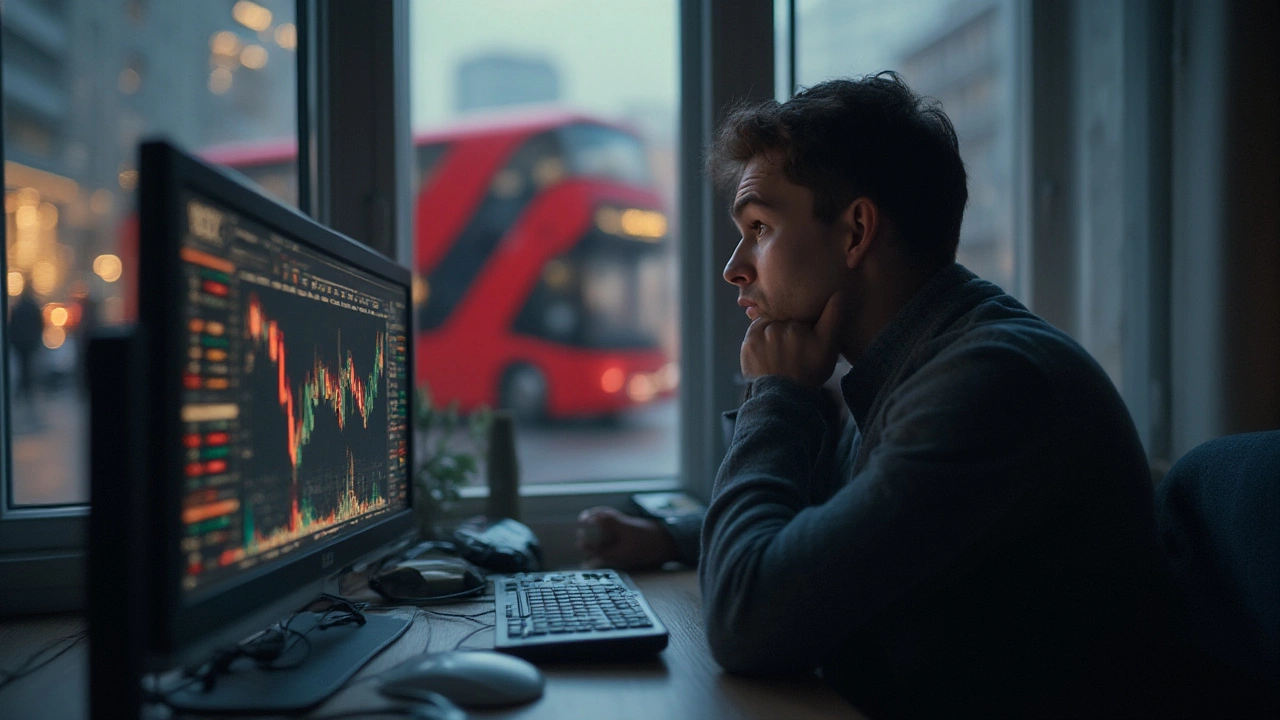Downside of Bitcoin: What Every Investor Should Watch
Bitcoin feels like the rock star of crypto, but it’s not all hype and profit. If you’re thinking about buying, holding, or even just learning, you should know the real risks that hide behind the flashy headlines. Below we break down the biggest downsides in plain language, give you concrete examples, and suggest ways to protect yourself.
Why Bitcoin Can Be Volatile
First off, Bitcoin’s price jumps like a roller‑coaster. One day it can be up 15 % and the next it can tumble 20 % or more. That’s because the market is still small compared to stocks, and a handful of big wallets can move the price fast. If you bought at a high point, a sudden dip could wipe out a large chunk of your investment in hours. The lesson? Only put money in that you can afford to lose, and consider spreading the risk with other assets.
Beyond Price: Other Risks
Price isn’t the only problem. Security breaches still happen. Even though the blockchain itself is secure, the places where you store Bitcoin—exchanges, wallets, or custodians—can be hacked. Remember the 2022 breach where a major exchange lost millions? If you keep your coins on an exchange, you’re trusting a third party with your keys.
Regulation adds another layer of uncertainty. Governments around the world are still figuring out how to treat Bitcoin. New rules can limit how you buy, sell, or even use it, and they can affect the price dramatically. For instance, when a major country announced a crackdown on crypto trading, the market plunged within minutes.
Environmental impact is a growing concern too. Bitcoin mining consumes a huge amount of electricity, often from fossil‑fuel power plants. This not only fuels climate worries but also draws scrutiny from policymakers who may impose taxes or bans on mining operations.
Lastly, there’s a lack of consumer protection. If you send Bitcoin to the wrong address, there’s no “undo” button or customer service to help you. Unlike a credit card charge, you can’t dispute the transaction.
So what can you do? Use a hardware wallet to keep your private keys offline, diversify your portfolio, and stay updated on regulatory news in your country. Consider setting stop‑loss orders if you trade actively, and only allocate a small portion of your net worth to Bitcoin.
Understanding these downsides doesn’t mean you have to avoid Bitcoin entirely—it just means you’ll go in with eyes open and a plan to manage the risk.

Thinking about buying Bitcoin? Learn about the real risks, volatility, security issues, and potential downsides you won't hear from the hype. Plan smarter before you buy.
Read More